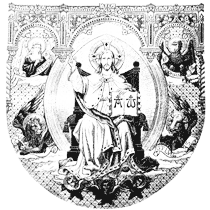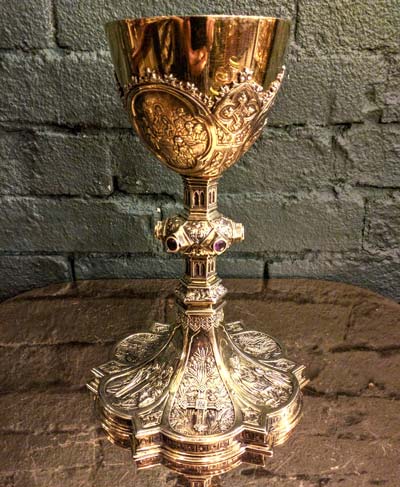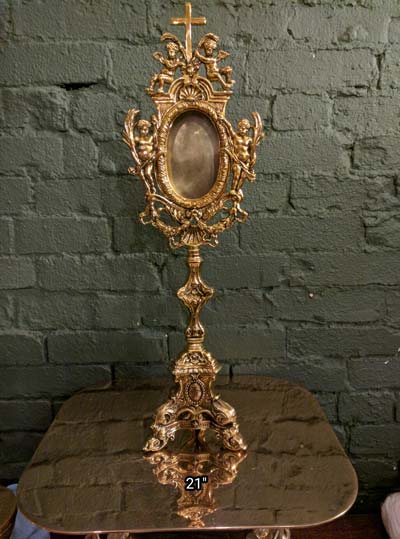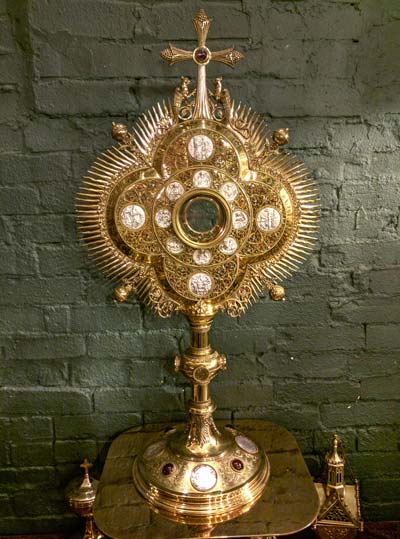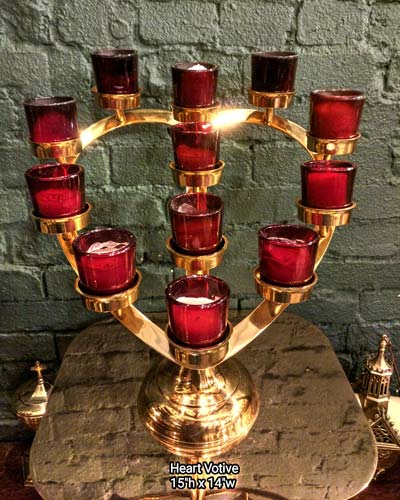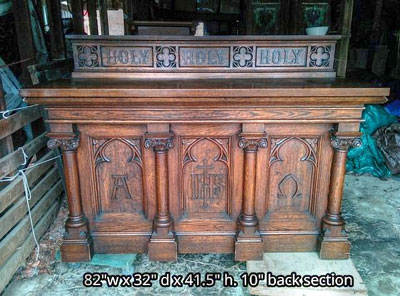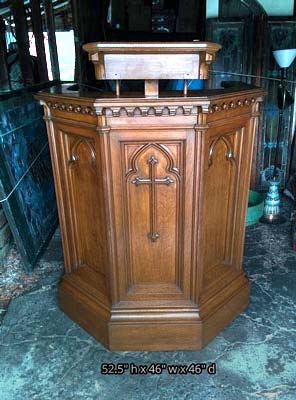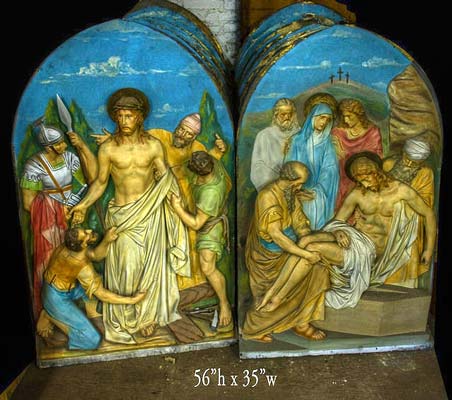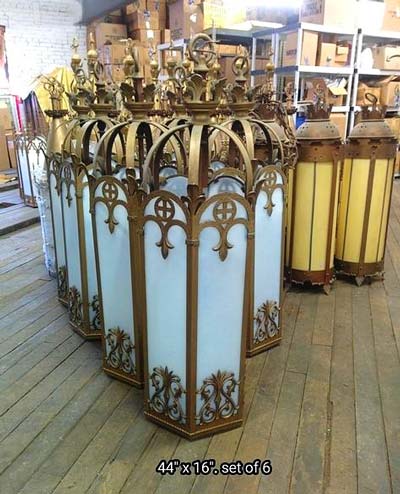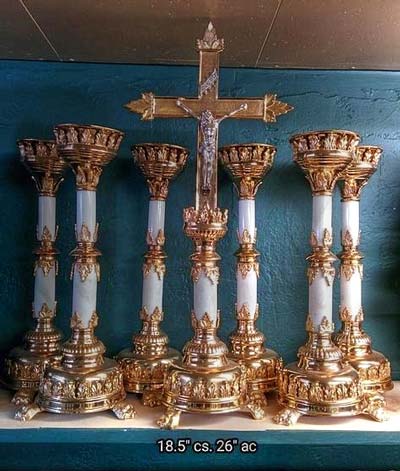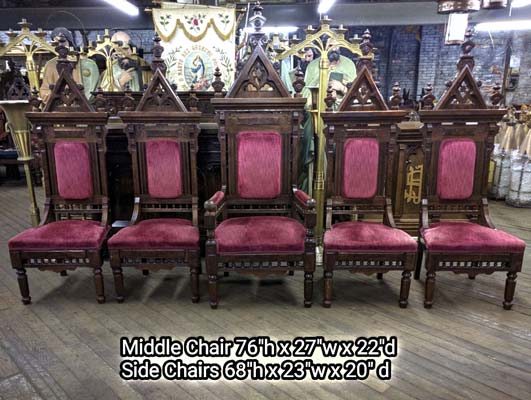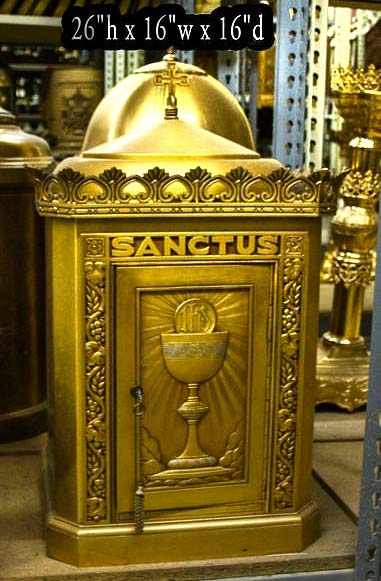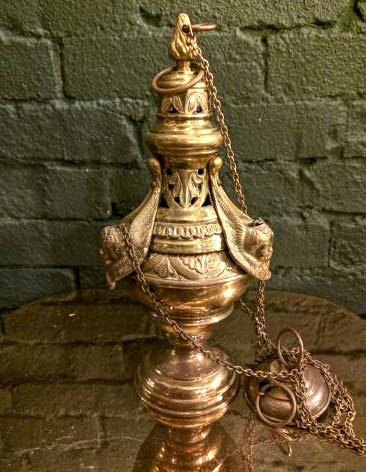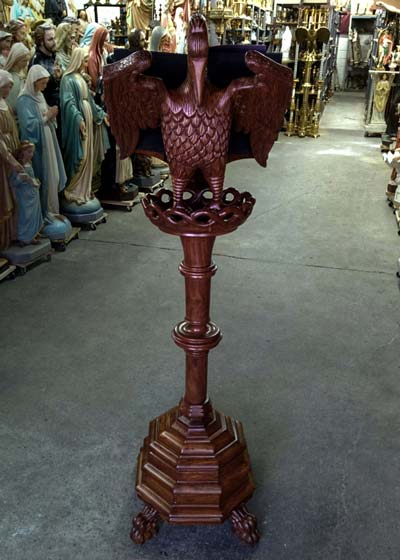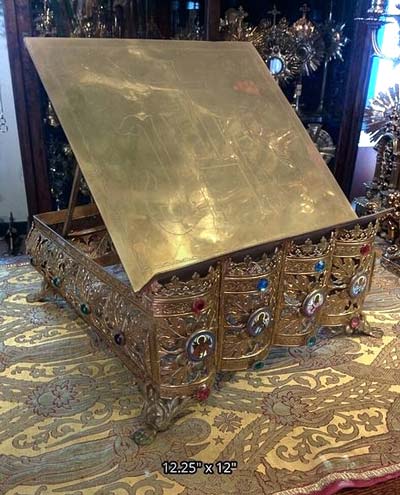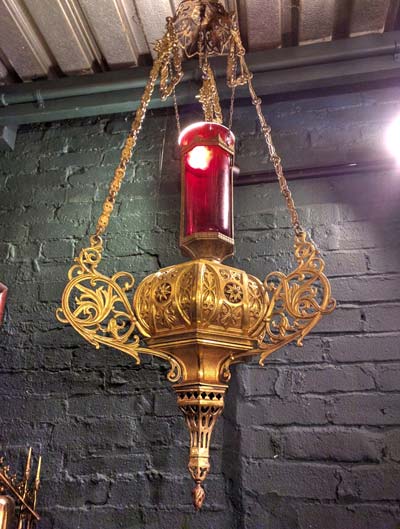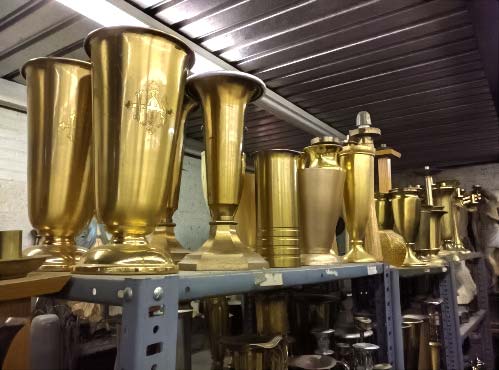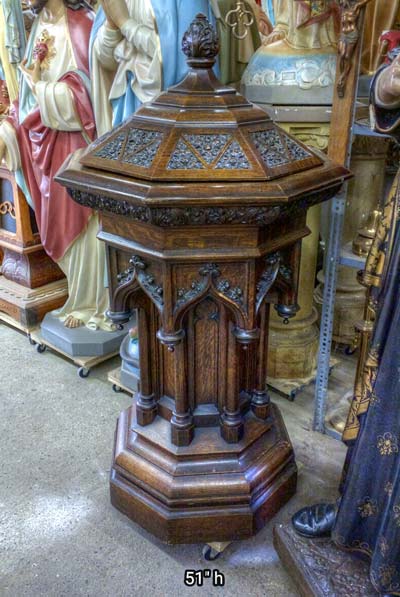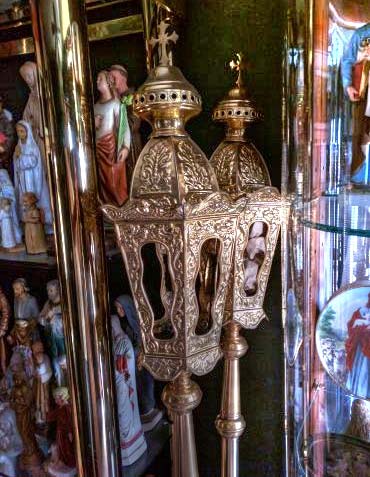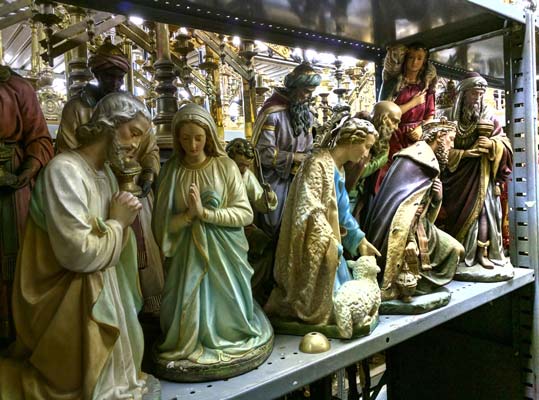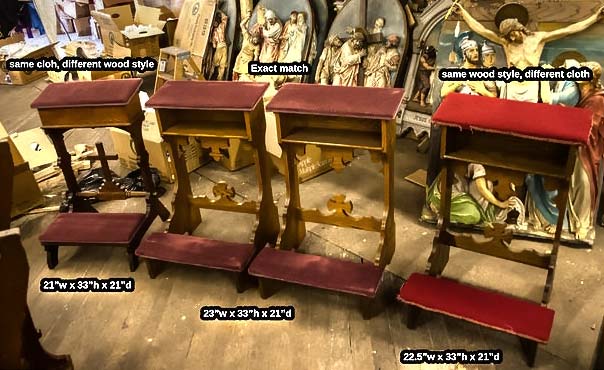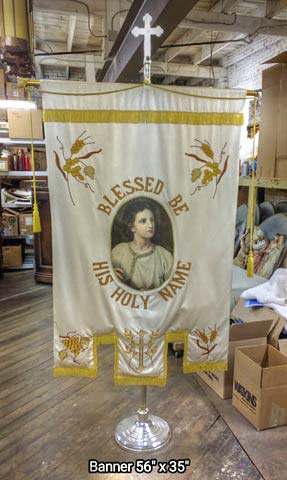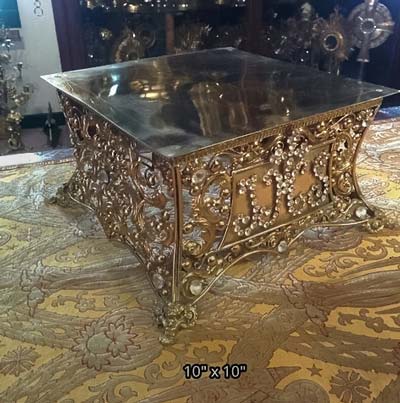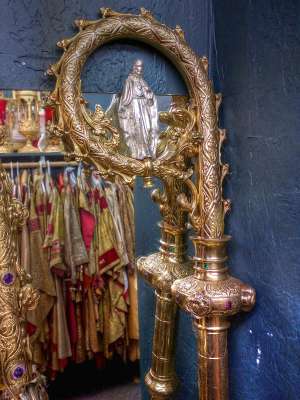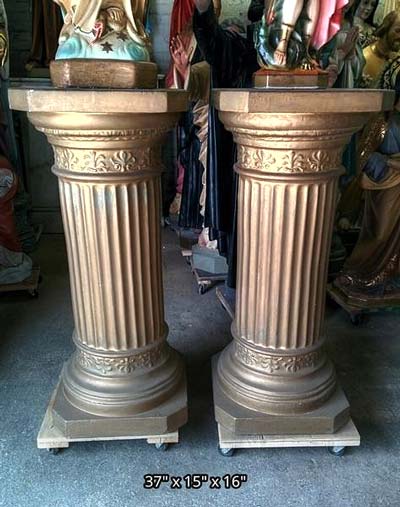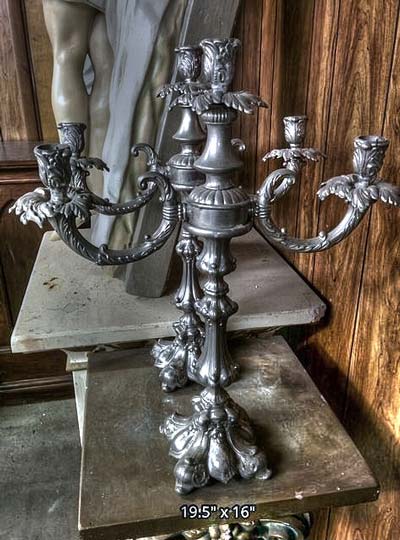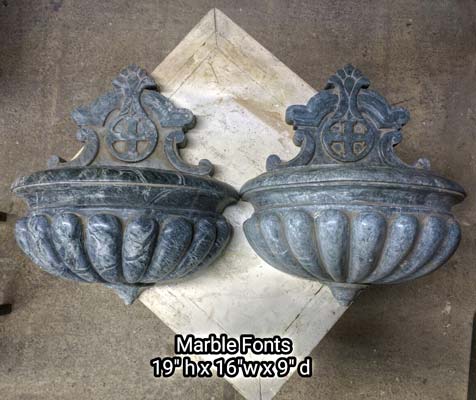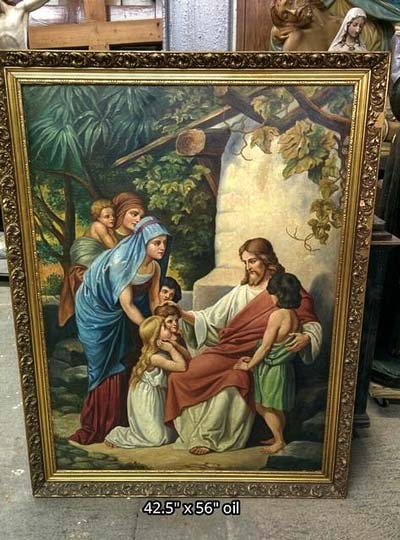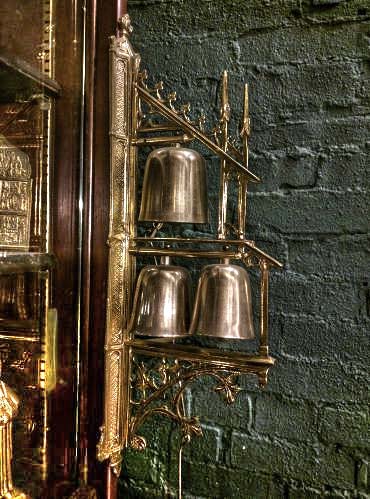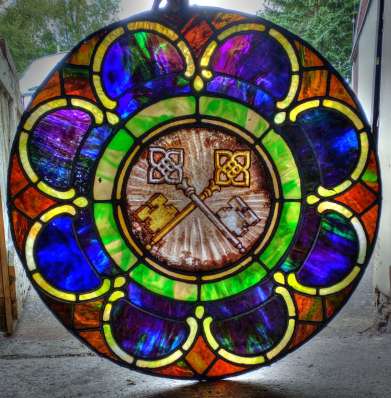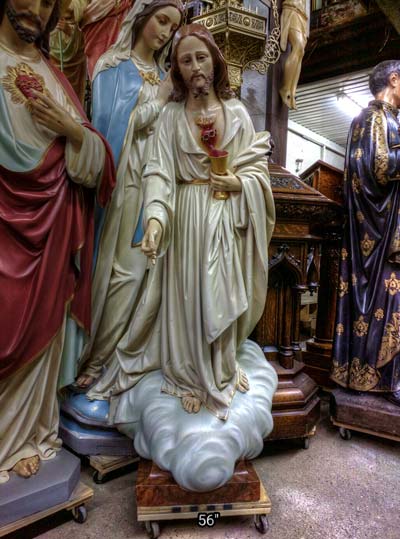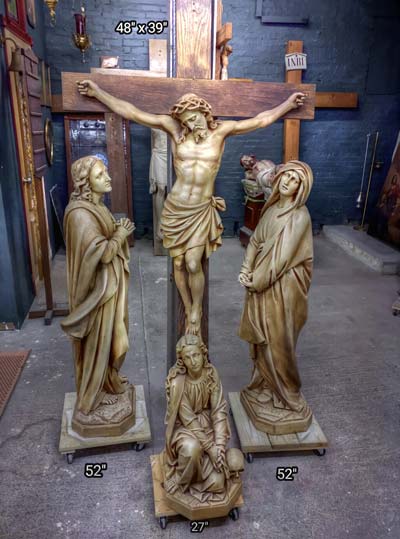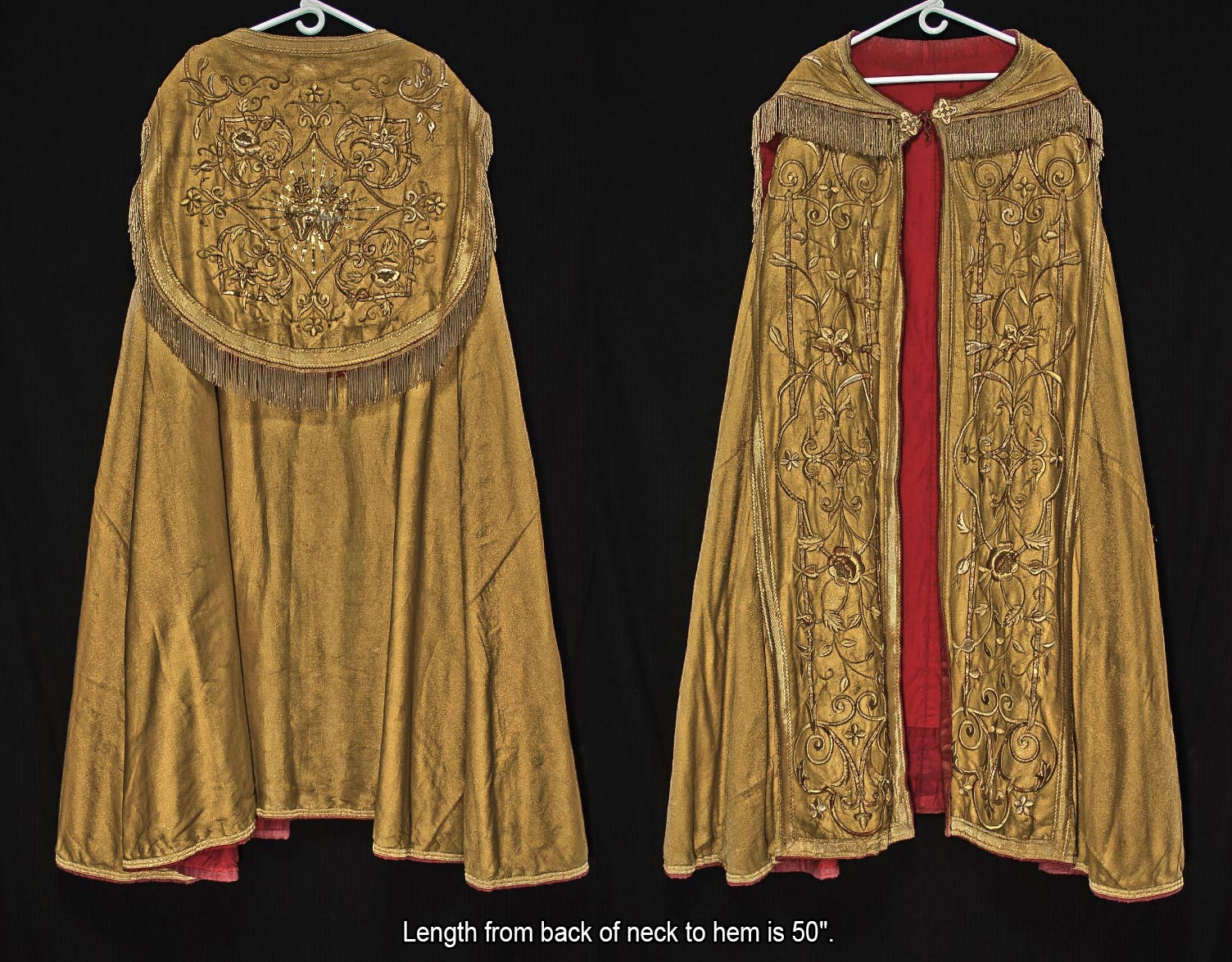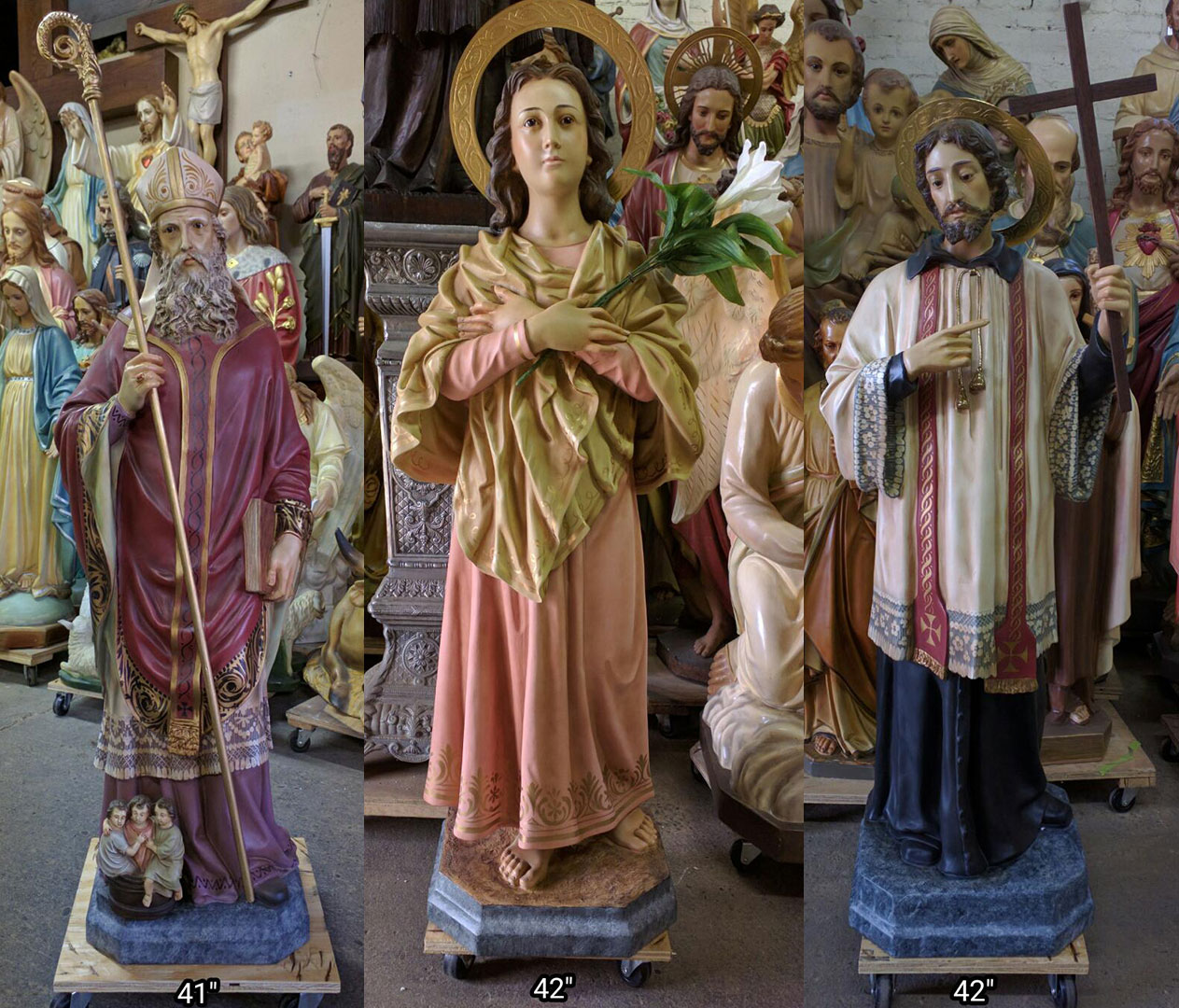Jan 1, 2020 - Happy New Year!
As always.. thank you for your support, prayers, well-wishes, and business: We're glad to help, and looking forward to what 2020 brings!
Project-wise, our overall focus will be photographing existing and incoming church inventory, which is extremely time consuming and more than meets the eye. For each item to be photographed we often go through several extensive processes.
1. First, just finding items worth saving then designing and maintaining a site to display them is a consuming and demanding trade - its a full time job all on it's own. It's mostly tech-talk with coding and standards and generally quite uninteresting, so I'll focus on the more interesting stuff.
2. Once we have the item we want to photograph, the inspection process happens where we inspect structure and cosmetics. Since most items are 100+ years old, they often need varying degrees of attention, and it's not always immediately obvious. As an example, something as simple as a hook structure in the back of one station, a missing cross, or station number can easily (and sometimes does) go unnoticed - we endeavor to identify and rectify any surprises before making them available to parishes.
3. Depending on what is needed, a restoration classification process follows. This process varies considerably and relies on knowing or discovering several factors, which I'll list a few: item material (type of wood, plaster, metal, resin); identifying prior restorations or weak points; type of wood, paint, or stains used; current condition depending on the material (water/heat, bowing, splintering, cracking, flaking, missing parts, historical and liturgical accuracy, etc). We have our own expertise and access to a wealth of authentic resources, however still need occasional research to ensure high quality and faithful replications -- before restorations even begin. Some items we don't touch at all, and instead offer restoration services on an individual basis.
4. If we've decided to do some restoration, we address the most serious issues identified. These are restorations that most parishes wouldn't be able to tackle on their own, at least without considerable time and cost. They often include: reproducing and replacing missing or broken arms/hands/etc from statues, figures, or stations; adding/reattaching/designing support and missing decorative/scroll work to furniture; refinishing or plating metals; priming, painting and staining. Once finished, we inspect it again for accuracy. All have to be done in a controlled temperature and lighting environment with the right materials on-hand. We designed this initial restoration process to make items serviceable and look nice on display, but are not 'fully restored'. We do this because priests often have someone who will volunteer to do any additional work left (touch-ups, upholstery, cleaning, etc) which keeps parish costs lower.
5. We price the item. The important elements to pricing is evaluating rarity, quality, and condition after any initial restoration work. Those factors rank high, however we also consider market value, replacement value, and price history of similar items we've sold. And while we have a fairly low overhead compared to some trades, there's significant working cost we have to consider. Aside from what we paid for the item, our cost includes pickup, packaging, and delivery to our warehouses, with additional manpower as needed. Our conservator and her materials are paid for. We have the typical 'working' costs, which include running and maintaining our warehouses with workspaces, moving vehicles, and necessary hardware, utilities, insurance that sort of stuff.
6. We photograph the item. I have a specific workflow which is again more tech orientated where I'd talk about color temperature, controlled lighting photos and calibrated displays for color accuracy, format compression, uploading and multiple size displays for desktop vs mobile, but again its quite boring despite being a ton of necessary work. What's important is once the photo is up on our site, I make a local copy and put the price in the filename -- this way I can instantly send it to a priest or committee member who can then share it to determine if it might work for their needs.
While it reads complicated, its a circumstance and skill set I've been blessed with, and feel both honored and compelled to do my part in getting these items back into joyful adoration by the masses. It's a continuous enjoyable education, and enlightening for me as well. I've learned, and continue to learn so much from you, my customers -- not only with these items and our business, but in life itself.


